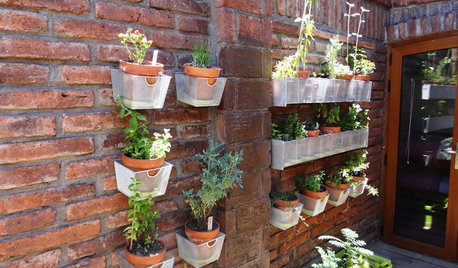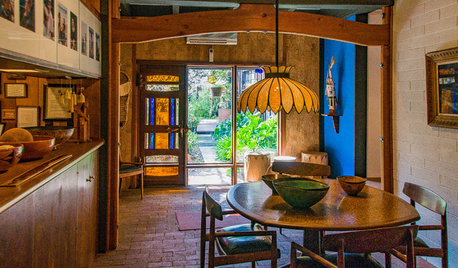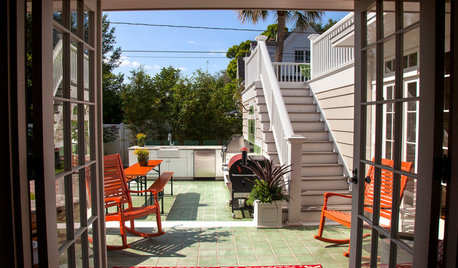What's it like where you live?
sresutek
17 years ago
Related Stories

HOMES AROUND THE WORLDWorld of Design: 11 Book Lovers and Where They Like to Read
Bibliophiles across the globe reveal their top books and favorite reading spots, from a 2-story library to an artfully curated book nook
Full Story
REMODELING GUIDESWhere to Splurge, Where to Save in Your Remodel
Learn how to balance your budget and set priorities to get the home features you want with the least compromise
Full Story
HOLIDAYSGuys, Where Do You Feel Most at Home?
For Father’s Day, we’d like to hear from the men. What part of your house makes you feel most like yourself — grounded and alive?
Full Story
EDIBLE GARDENSHouzz Call: Where Are the Craziest Places You Grow Edibles?
Basil in a bathtub, spinach stacked up a wall ... If your edibles occupy an odd spot, we’d like to know
Full Story
EVENTSWhere Pros Go to Discover Outdoor Furniture Ideas
Casual Market Chicago: Learn about trends in outdoor furniture and accessories
Full Story
MORE ROOMSWhere to Put the TV When the Wall Won't Work
See the 3 Things You'll Need to Float Your TV Away From the Wall
Full Story
BEDROOMS8 Master Bedrooms Where Casual Is King
The antidote to overblown fussiness, these casual master bedrooms show that good design lets you live in comfort and with ease
Full Story
EVENTSSee Where America's Most Celebrated Furniture Maker Lived and Worked
Walk with us through the Southern California home and studio of Sam Maloof as events honoring his centennial kick off
Full Story
KITCHEN OF THE WEEKKitchen of the Week: Where Indoor and Outdoor Living Meet
A remodel of a 1923 Florida kitchen adds a large island, bold color and a connection to a new outdoor cooking and dining space
Full Story






username_5
lindac
Related Professionals
Danbury Landscape Architects & Landscape Designers · Buford Landscape Contractors · Chesapeake Ranch Estates Landscape Contractors · Fairhope Landscape Contractors · Fridley Landscape Contractors · New Brighton Landscape Contractors · Royal Oak Landscape Contractors · Sammamish Landscape Contractors · Boise Window Contractors · Houston Window Contractors · Baileys Crossroads Window Contractors · East Los Angeles Window Contractors · Sayville Window Contractors · Snoqualmie Window Contractors · Elkridge Window Contractorsgardengal48 (PNW Z8/9)
sugarhill
tapla (mid-Michigan, USDA z5b-6a)
triciae
meldy_nva
sresutekOriginal Author
socal23